DISASTERS EXPLAINED: WILDFIRES
Wildfires burn millions of acres of land every year. Find out more about what they are, their connection with climate change, and facts about the ongoing Australia bushfires.
Floods are the most common and widespread of all weather-related .
They can flatten homes and devastate whole communities, leaving behind a long trail of destruction.
Floods are as destructive as hurricanes, tsunamis, and earthquakes; they can devastate livelihoods and take away everything.
Find out more about this type of disaster, what causes it, and the devastating effects it can carry long after floodwaters recede.
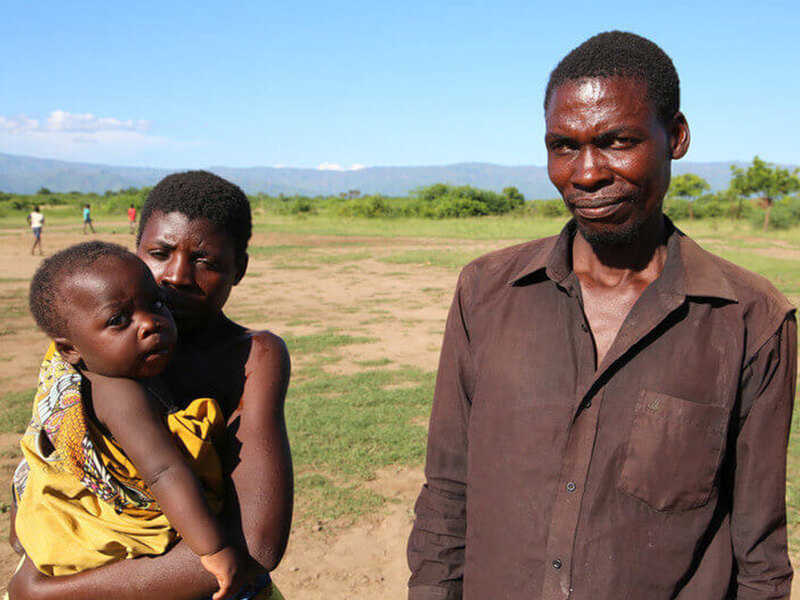
Petro and his family were forced to flee their village in Malawi after Cyclone Idai destroyed their home.
“The rains were so heavy, there was so much water flooding our house, then it just washed away. Completely washed away. So we had to run.
The next thing I thought was that we would die because I had to pick up my children on my shoulders. The water was almost at my neck level.”
Flooding and heavy rains have increased by more than 50% this decade; all over the world, families like Petro’s are struggling with the devastating effects of flood-related disasters.
Floods happen when water levels rise suddenly, faster than the ground can absorb.
Flash floods are the most dangerous kind because they combine the destructive power of a flood with incredible speed and unpredictability. They destroy buildings, roads, bridges, and all kinds of infrastructure. They can wash away trees, animals and people.
Flash floods can happen with little or no warning, often giving families no time to prepare or evacuate.
One of ShelterBox’s most recent responses to a flood was in Malawi, after Cyclone Idai devastated parts of Southern Africa.
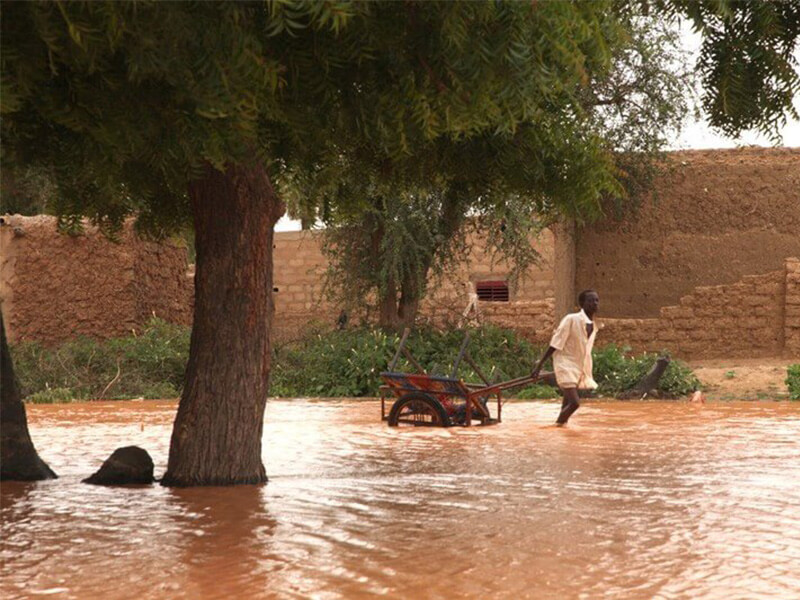
Flooding can be caused by heavy rain, rising sea levels, fast-melting snow or even tsunamis, cyclones and hurricanes.
In recent times, climate change has been increasing the risk of floods globally, putting millions of people at risk and making coastal and low-lying areas more vulnerable.
A warming climate can cause hurricanes that move more slowly and drop more rain (source: National Geographic).
Flooding can happen anywhere in the world where it rains. In the U.S., floods kill more people each year than tornadoes, hurricanes or lightning.
Often, it takes years for communities to rebuild their homes and livelihoods.
Flooding can be extremely damaging – even life-threatening.
Rapidly moving water can be extremely powerful and destructive. It can pick up and wash away cars, houses, bridges, and people. It can leave vast areas uninhabitable and families homeless and vulnerable.
Even after floodwaters recede, the risk still remains. The land is often left blanketed in silt and mud. Water can quickly become dangerously contaminated with sewage and other toxic materials, leaving no safe drinking water.
Communications go down, roads are blocked, leaving whole communities trapped and inaccessible for days – sometimes with no food or water.
Flooding can also lead to serious water-borne disease outbreaks like malaria.
The stagnant water creates a breeding site for mosquitoes, increasing the spread of insect-borne diseases and the risk of deadly outbreaks.
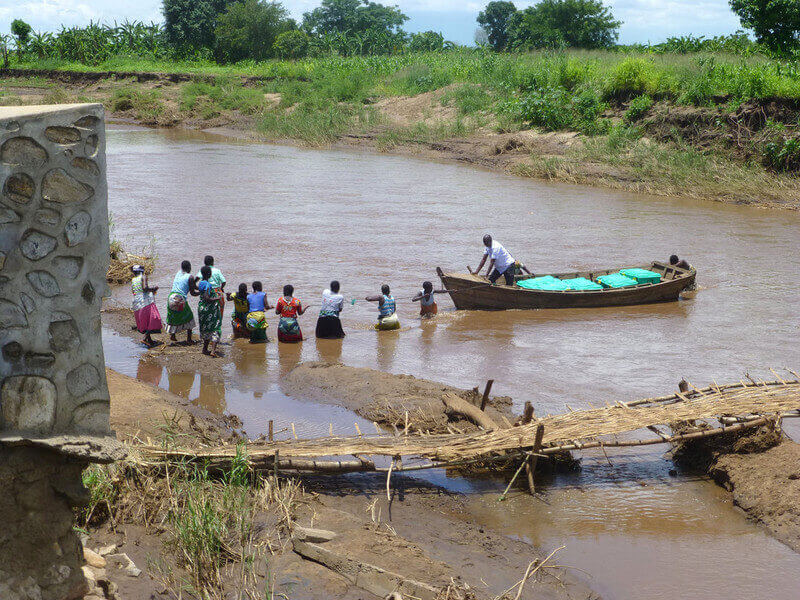
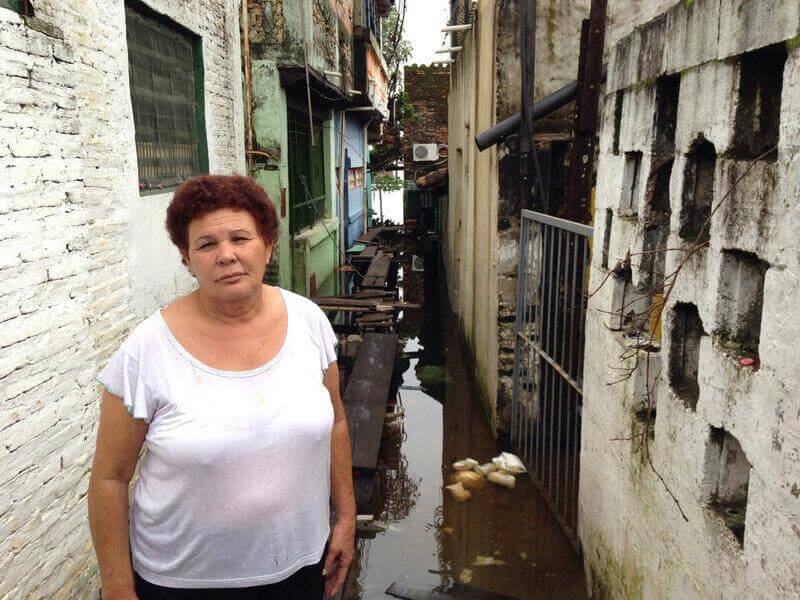
Responding to severe floods comes with several challenges. When areas become inaccessible for days or even weeks, humanitarian aid agencies struggle to reach families who need urgent aid and support.
Despite this, we have responded to flooding at least 75 times since 2000. We’ve provided emergency aid and support to over 49,000 families in total.
Our largest response to flooding was in Pakistan in 2010, where 8,000 families received ShelterBox aid to help them rebuild their homes and lives.
Throughout the years we’ve worked with communities affected by flooding in Bangladesh, , , Peru, Sri Lanka, and beyond.
Learn more about one of our most recent responses in Paraguay.
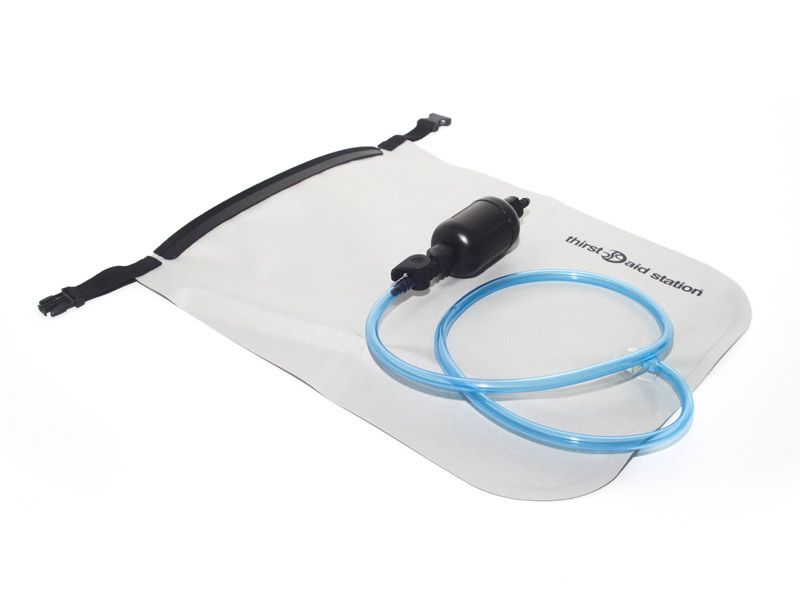
Water filters
Families often don’t have access to clean water, so water filters and carriers can allow them to produce clean water.
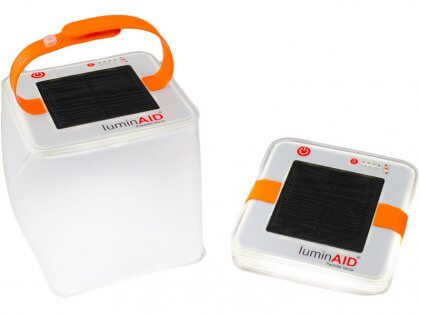
Solar lights
Power lines can be damaged for a long period of time, leaving communities with no access to electricity. Solar lights are a practical solution, enabling families to regain a sense of normality.
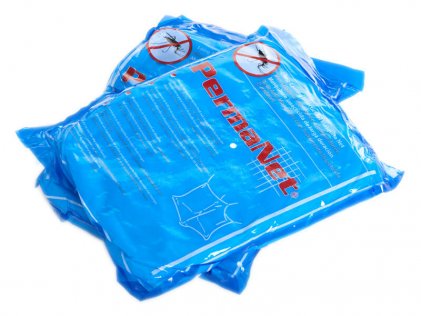
Mosquito nets
Flooding can lead to vector-borne disease outbreaks like malaria. Mosquito nets can help reduce the risk of infection and help families sleep better at night.
When Cyclone Idai tore through southern Africa, it separated parents and children, ripped up homes and destroyed livelihoods.
Working with Rotary, the World Food Programme and our partners Habitat for Humanity, we provided shelter kits, water filters and carriers, mosquito nets, solar lights and blankets to nearly 2,000 families.
Wildfires burn millions of acres of land every year. Find out more about what they are, their connection with climate change, and facts about the ongoing Australia bushfires.
Climate change is a humanitarian crisis. Find out key stats about climate change, how it affects disasters and people, and what we’re doing about it.
Tsunamis can destroy lives, homes, crops and roads in the blink of an eye. Learn more about what they are, what causes them and what the effects are.